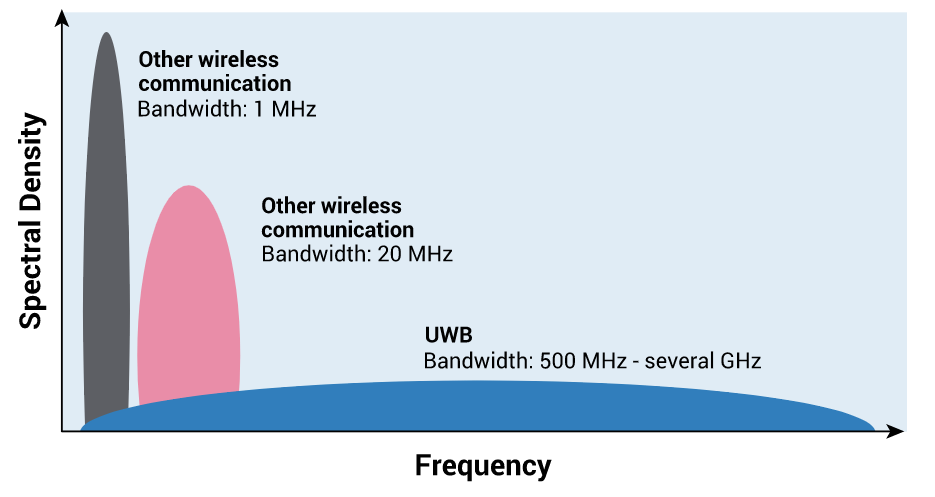Last year, Google offered Pixel 5, a well-rounded and affordable flagship phone. After this, all eyes now are on the follow-up, the Pixel 6 as well as the Pixel 6 XL. The XL model might return this year which is based on the leaked codenames. “Raven,” which is seemingly the Pixel 6 XL, will reportedly be accompanied by a device named “Oriole”, which is believed to be the Pixel 6.
Anyway, as per the new information that reveals Google is bringing the latest feature on smartphones today to their Pixel lineup. A recent tweet from Editor in Chief of XDA Developers Mishaal Rahman says that Google is testing support Ultrawideband chip on Raven which is believed to be the Pixel 6 XL. So, Google will be the third smartphone company to include this UWB chip on their smartphones after Apple and Samsung.
I’ve just been informed that Google is testing support for Android 12’s Ultra-wideband (UWB) API on “raven”, one of the code-names that could belong to the GS101-powered next-gen Pixels.
— Mishaal Rahman (@MishaalRahman) April 30, 2021
What is ultra-wideband?
ultra-wideband (UWB) is a short-range wireless communication protocol. just like- Wi-Fi and Bluetooth, but it operates at a very high frequency using radio waves. UWB uses a wide spectrum of several GHz as its name denotes. Think of UWB as a continuously scanning radar that can continuously scan an entire room and precisely lock onto an object to discover its location and communicate data with it.

How does it work?
A UWB transmitter is extremely low power, capable of transmitting information with a high bandwidth (500MHz) from a host device to other devices up to about 30 feet away. This allows transmission of a large amount of signal energy without interfering with the conventional narrowband and carrier ware transmission in the same frequency band.
In Real-world, Once a UWB based device is near another UWB device, the devices start measuring their exact distance. The measuring is a accomplished through “Time of Flight” (ToF) between these devices: The total roundtrip time of challenge/response packets.

What can we expect from UWB?
Ultra-wideband technology evolved in the mid-20th century mainly in the U.S. As it proved to be useful both a radar and communication technology. So, UWB is restricted to the only military application till the 1990s.
After Samsung’s implementation on its smartphones Galaxy S21+ and S21 Ultra 5G and Note20 Ultra. Apple also released its tracking devices called AirTag on its virtual Apple Special ‘Spring Loaded’ Event on April 20, 2021.
The potential of the UWB is huge. In the near term, these types of technology can be used to help you find lost items with your phone and more easily share photos and other files with nearby devices. Samsung is also enabling this chip to unlock your car with your phone and locate your things with SmartTag. Also, we have seen many other companies, like- Mi, Hyundai, and many others working on the same technology to bring it out in different ways.
in long term, it could serve as an important foundational technology that may set the stage for newer features and use cases, such as powering new augmented reality apps and location-based apps that require more precise location awareness. Or it could transform your phone into a remote device that can control or manage nearby home appliances simply by pointing your phone rather than launching an app or menu.
So, it’s great news that Google is also taking the initiative to make this technology big and widespread. And hopefully, other companies start including this feature in their phones as well.



